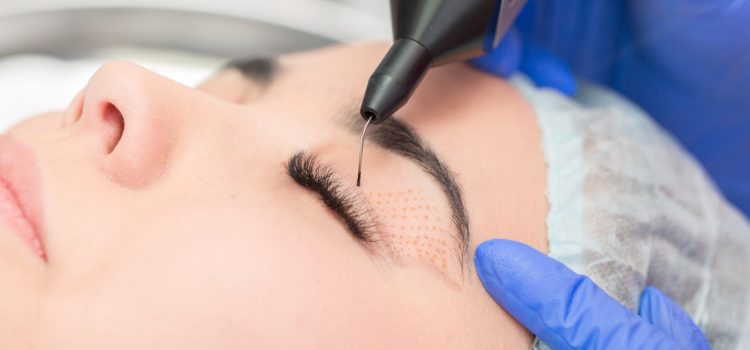
Drooping eyelids can be a drag, bringing down your quality of life by decreasing both your vision and confidence. Those with this condition might also try to compensate by trying to pull their eyelid(s) up using the sheer strength of their forehead, putting a strain on its muscles—what a headache!
Ptosis surgery is a promising solution for many people with this problem, uplifting their eyelids and ultimately their quality of life. Children who qualify will even improve their visual development after getting this procedure done!
If this surgery sounds like it might be right for you, a consultation with an experienced plastic surgeon will provide the answers you seek. To save time and money, though, take a look at this list as a preliminary measure to check if you are a potential candidate:
Do You Have Any Underlying Conditions?
If you have any underlying medical conditions that are causing your eyelid(s) to droop, you are likely not eligible for ptosis reconstructive surgery. During this procedure, a surgeon will remove sections of your eyelid muscles either internally or externally, shortening and strengthening them so they have the capacity to hold themselves up higher. If you have any of the following conditions, this may not solve your issue and could even cause further damage:
- Horner Syndrome
- Diabetes
- Stroke
- A tumor behind or near the eye
- Myasthenia Gravis
Are Your Symptoms Caused By Swelling?
If a stye or similar condition is causing your eyelid to swell and overhang your iris further than it should, you should treat your symptoms with a different approach. If this is the case, ask your doctor what you should do to stop the swelling and do away with your droop.
Do You Experience Dry Eye?
Those who have moderate to severe dry eye are likely not suitable for a ptosis procedure. If you experience chronic dryness, permanently lifting your eyelid could potentially worsen your symptoms, allowing more air to touch and dry out your eye on a daily basis.
Are Your Eyelids Healthy Overall?
Although side effects such as soreness and bruising typically only last 7-10 days following a ptosis surgery, it is still important for your eyelids to be healthy for a hearty recovery. Ensuring your eyelids are in good shape to begin with will minimize scarring, reduce recovery time, and decrease your chances of running into complications during both surgical and healing processes.
If you don’t have any of these underlying conditions and either one or both of your eyelids are drooping and dragging down your quality of life, ptosis surgery could be a profound solution to your symptoms. Contact Myron Tanenbaum, MD today for a consultation today to see if it’s right for you. Through skillful execution of corrective and cosmetic procedures, he has already helped countless people to successfully take back their peripheral vision and social confidence.
